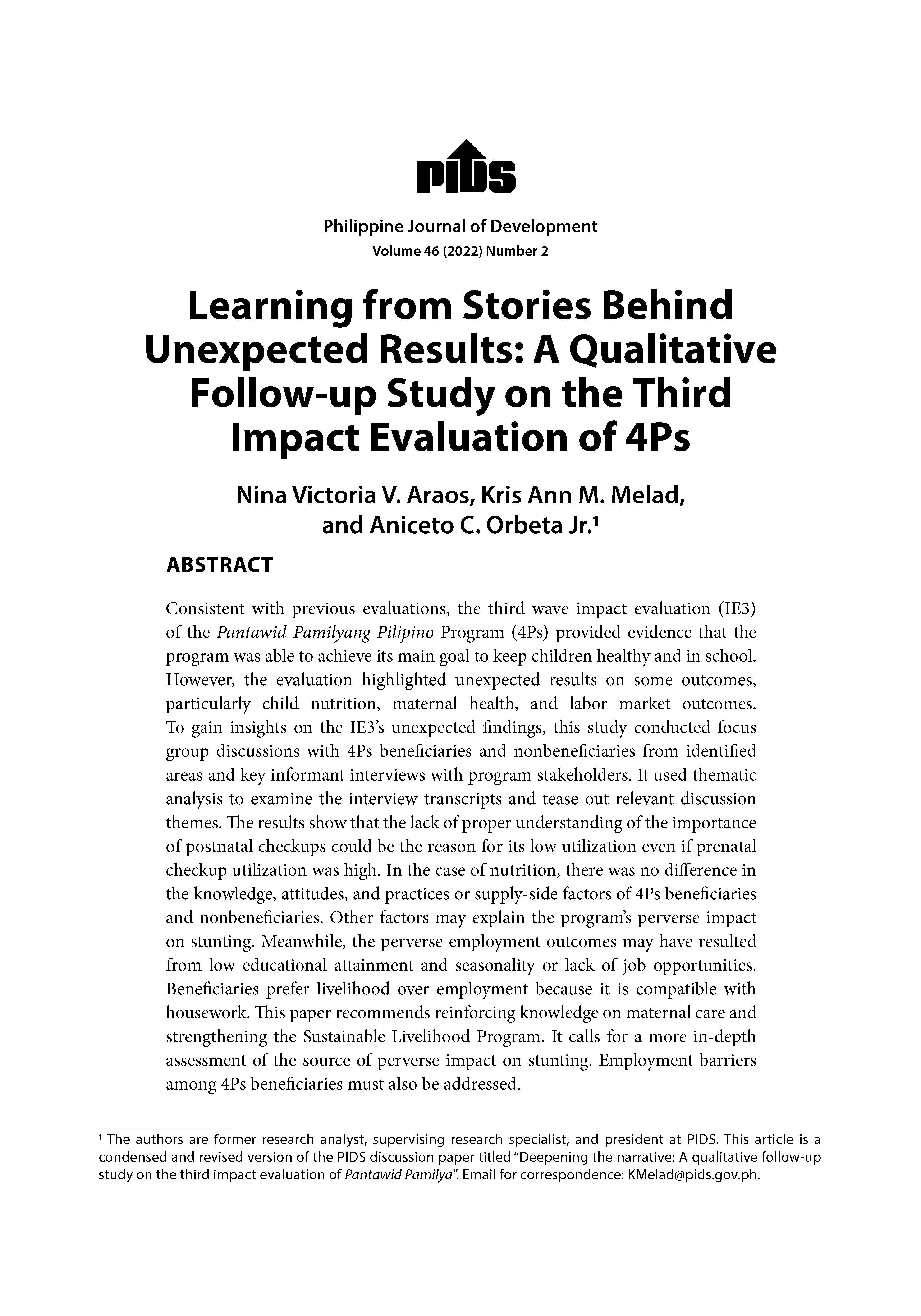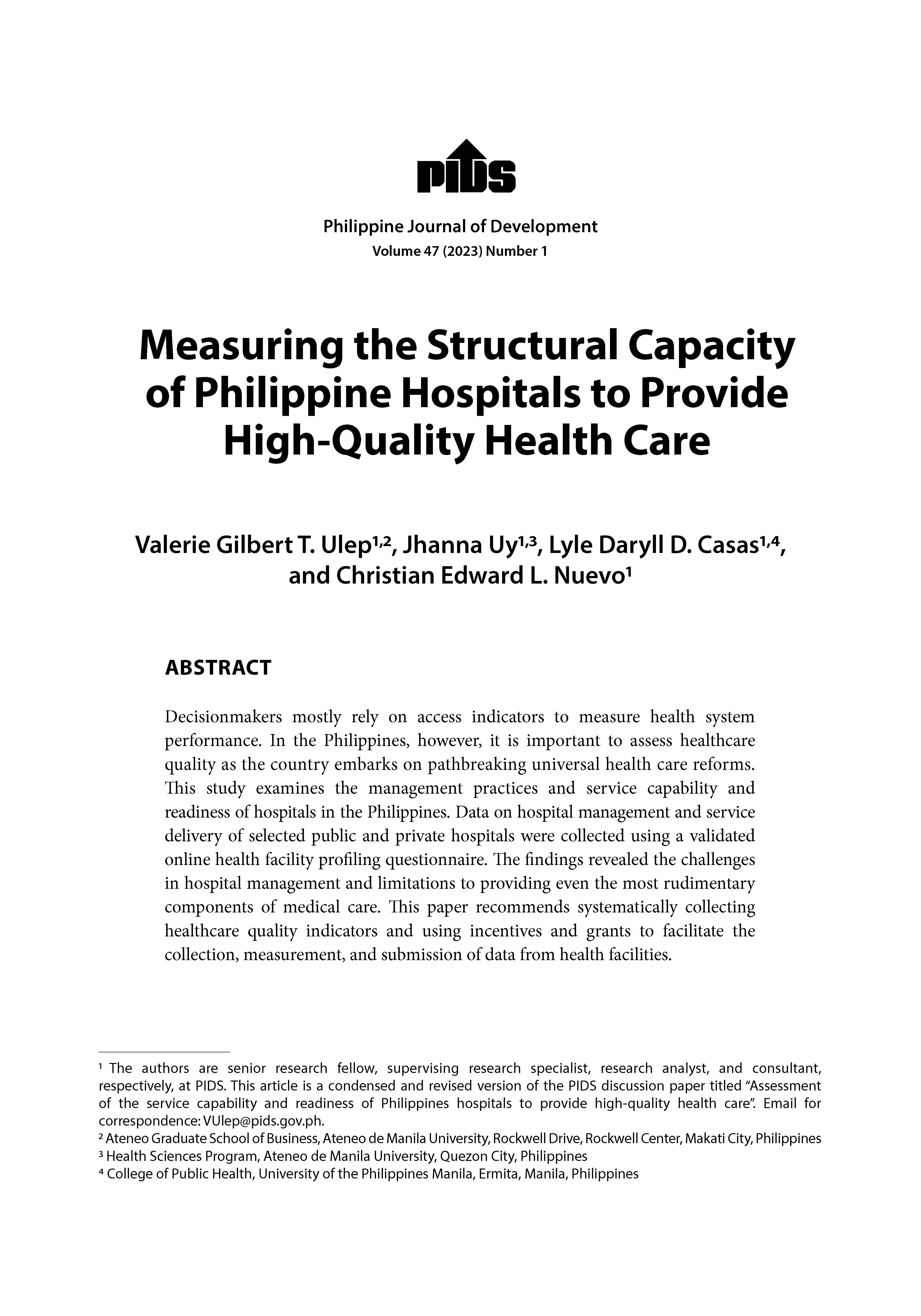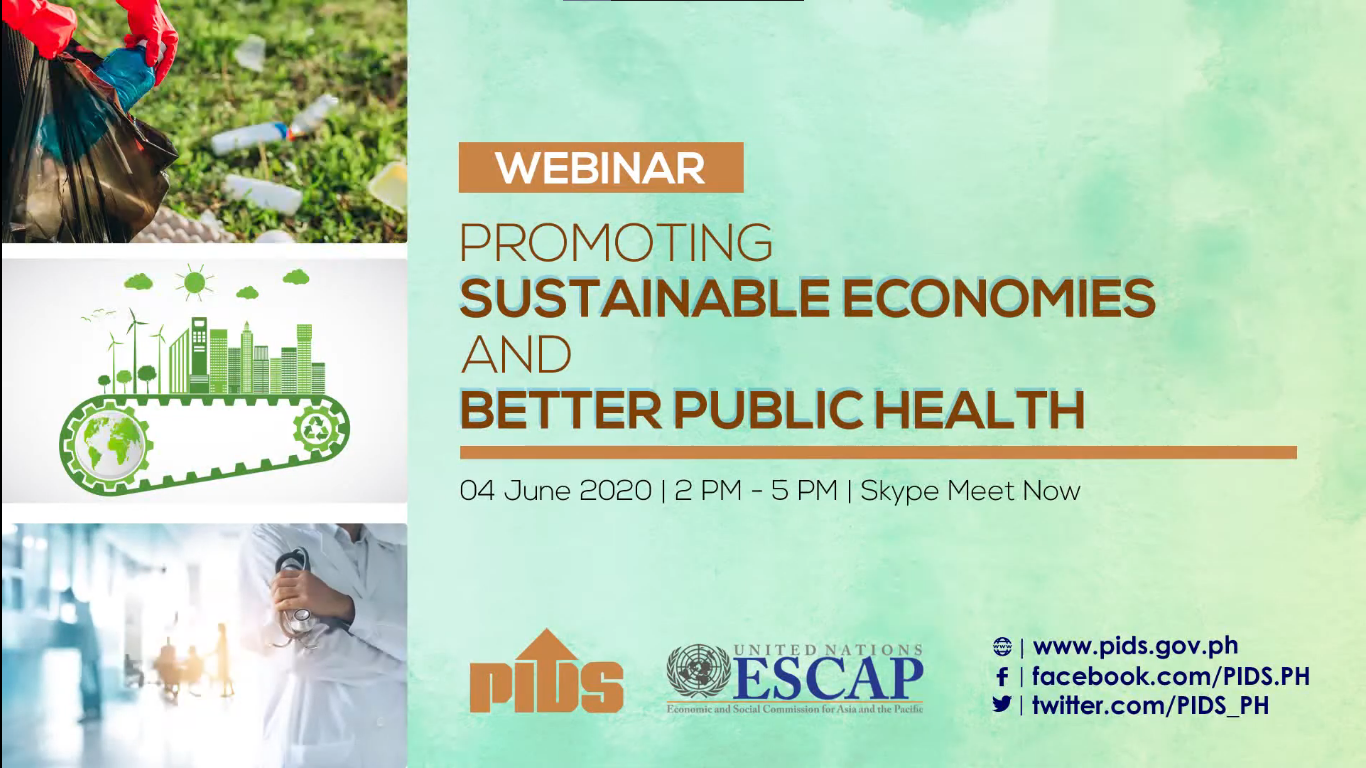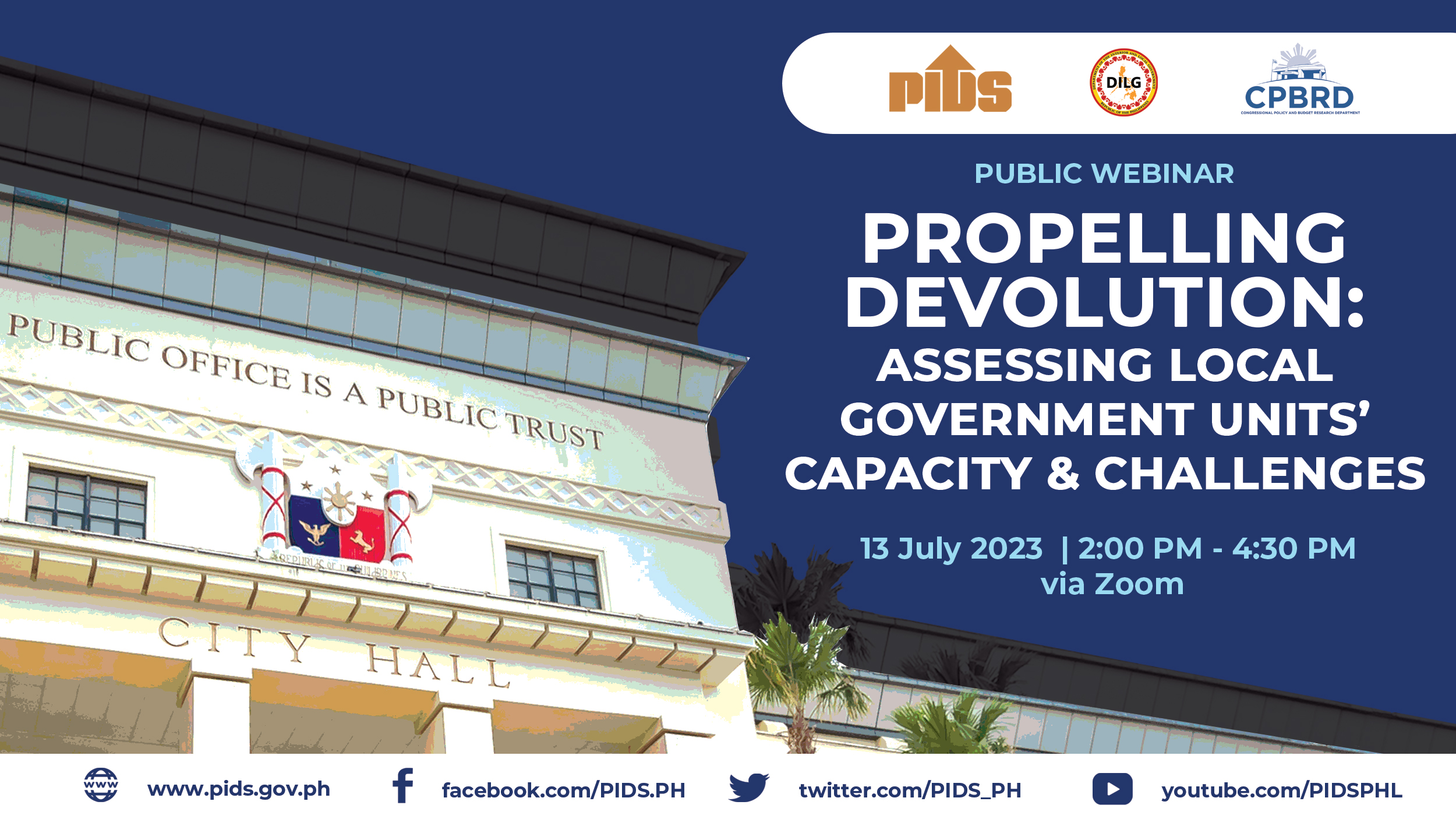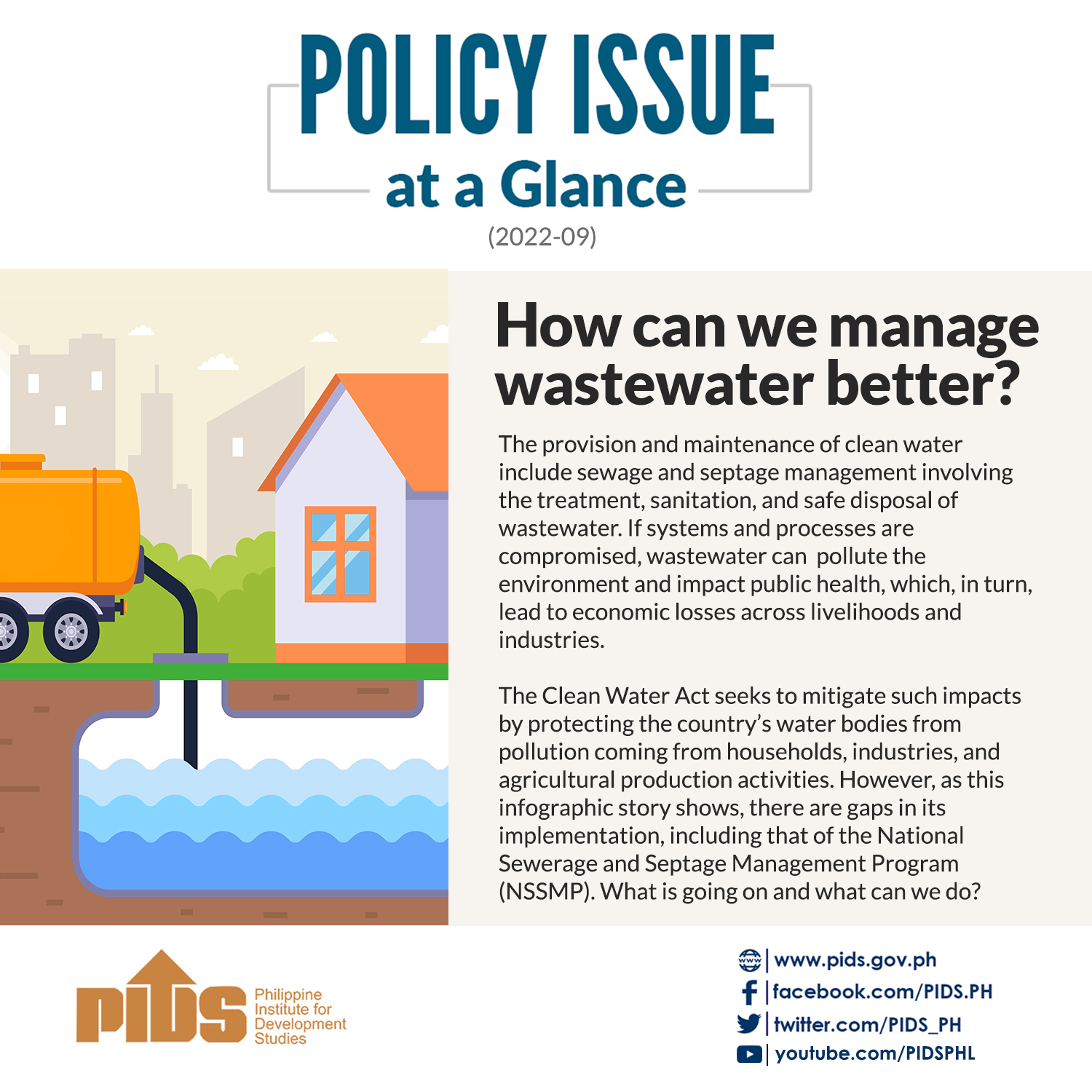The country’s major challenge in addressing urbanization is low absorptive capacity in government line agencies, according to a study released by state-owned think tank Philippine Institute for Development Studies (PIDS).
In a study titled "Scrutinizing Urbanization Challenges in the Philippines Through the Infrastructure Lens,” PIDS senior research fellow Adoracion Navarro said the country aims to increase its infrastructure spending to 5 percent of gross domestic product to address problems brought about by urbanization and poverty.
Navarro said these problems, such as the lack of potable water, poor sanitation, flooding, poor waste disposal and insufficient urban transport, also increase poverty incidence.
"In previous years, the major constraint to meeting the target is resource availability but now that the Philippines is experiencing wider fiscal space, more public resources are being made available for infrastructure investments,” Navarro said.
"At present, it appears that the more serious short- term constraints are the weak capacity of government implementing agencies to absorb more funds and implement projects,” she added.
Navarro recommended increasing regional cooperation to address short-term problems on absorptive capacity. It will also require tapping into global best practices and better partnerships between and among government personnel and managers.
Improving absorptive capacity will enable the government to finance much-needed investments in mass transport, highways, bridges, ports, airports, water-distribution networks, electric power systems, and telecommunications and information infrastructure.
"Addressing this may require sharing of best practices and innovations in procurement, contractual arrangements, and project management and implementation,” the study added.
Improving absorptive capacity to get these infrastructure investments on the ground will attain the recommendations included in the National Urban Development and Housing Framework (NUDHF) 2009 to 2016, formulated by the Housing and Urban Development Coordinating Council, in cooperation with the PIDS.
The NUDHF recommended the improvement of urban competitiveness, such as in the greater Metro Manila area, Cebu and Davao City. This recommendation urges the increase of industrial productivity in urban centers nationwide.
The plan also recommended the reduction of poverty in urban areas by improving urban mobility, encouraging smaller families to help control population growth, and implementing livelihood programs.
Further, the NUDHF recommended addressing the country’s housing backlog through affordable housing and the promotion of sustainable communities by encouraging green building, integrating climate-change adaptation and sustainable planning in cities.
Also, a key recommendation under the NUDHF is to encourage performance-based governance by providing incentives to local governments and making them less dependent on the Internal Revenue Allotment (IRA), among others.
The study cited official government data that showed that as of the 2010 census, urbanization in the Philippines was at 45.3 percent. In absolute terms, this means that of the 92.3 million Filipinos, around 41.9 million are living in urban areas.
Navarro also cited United Nations projections that estimated that by 2030, the Philippines will be 56.3- percent urban and by 2050, around 65.6-percent urban.
These projections, the study noted, are not far from the overall urbanization rates projected for Southeast Asia of 55.7 percent in 2030 and 65.9 percent in 2050.//
Better absorptive capacity key to solving PHL urbanization woes

